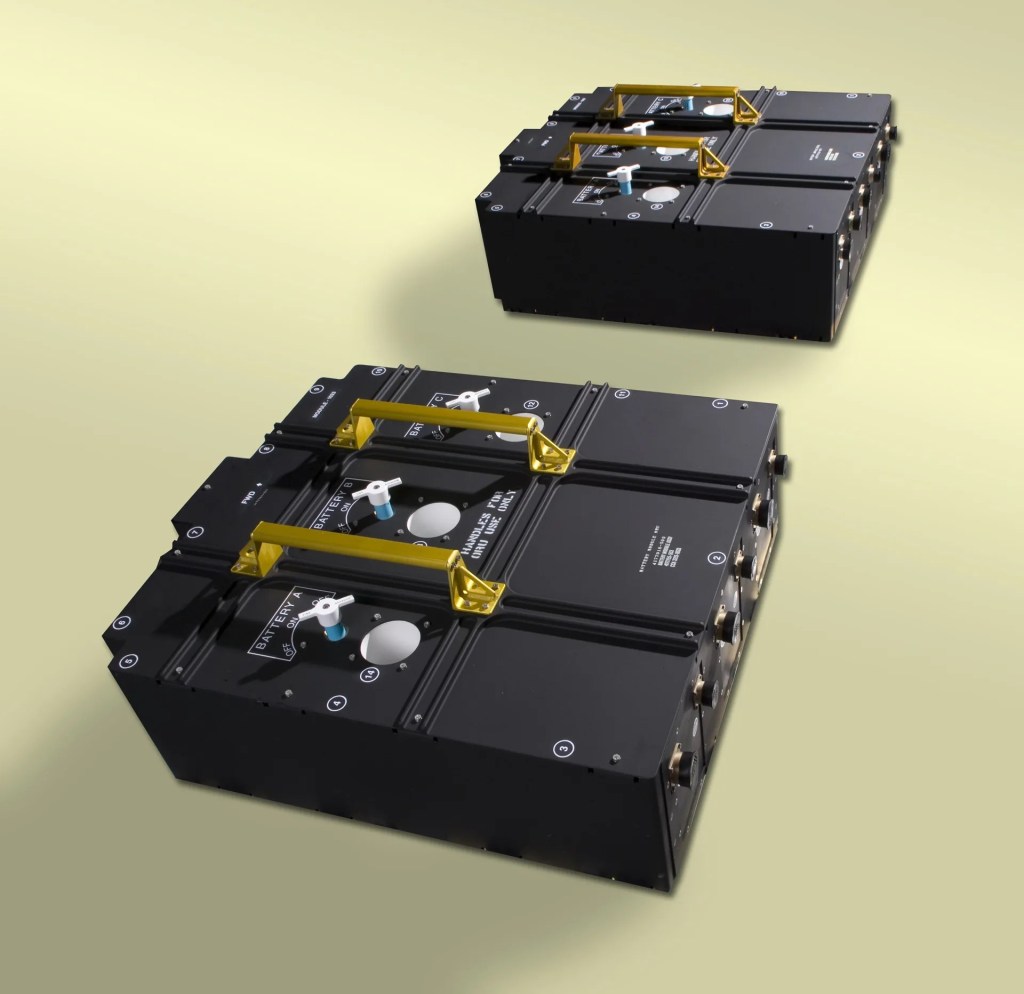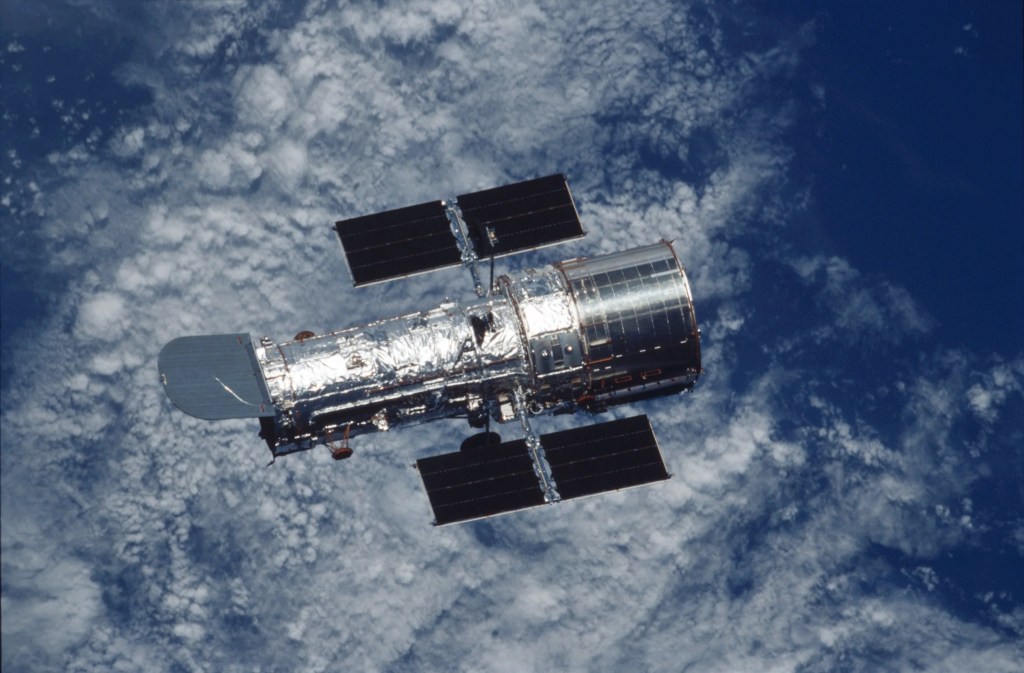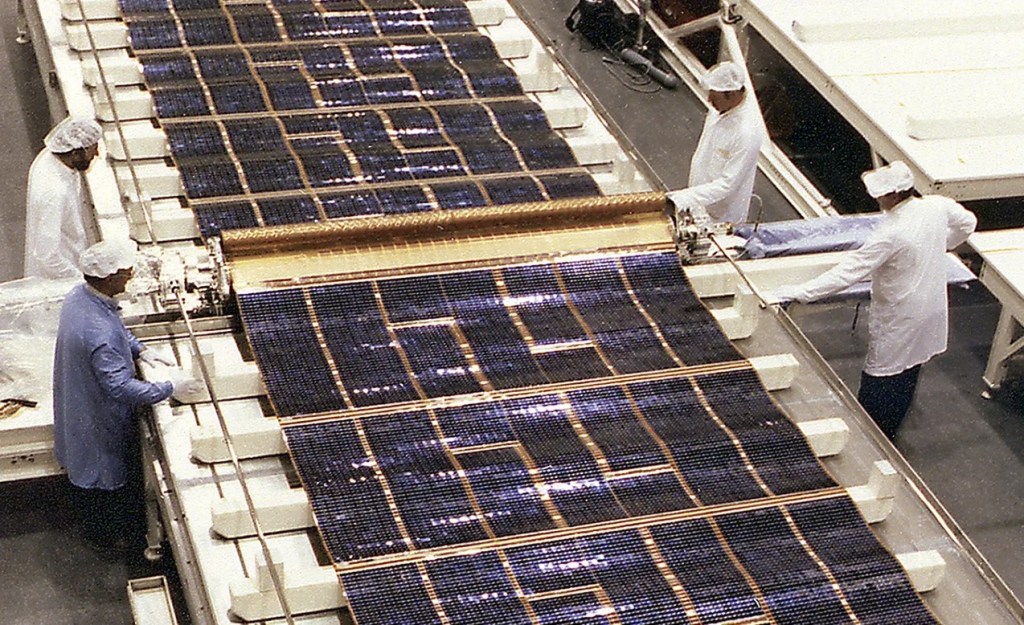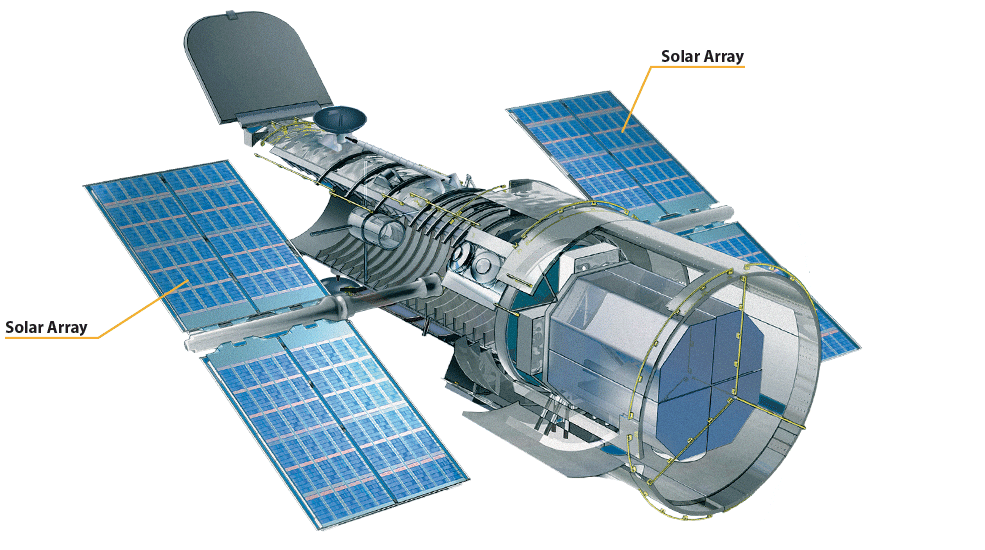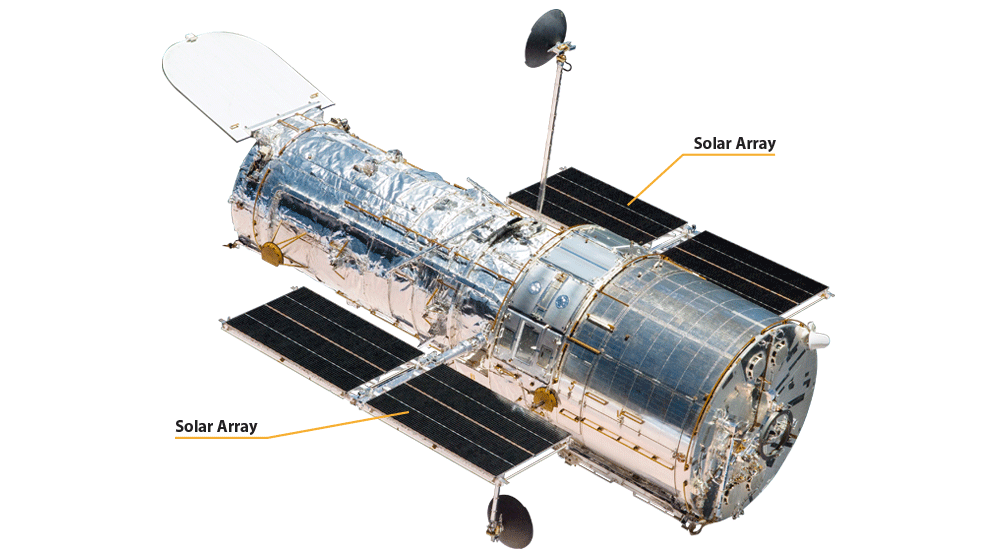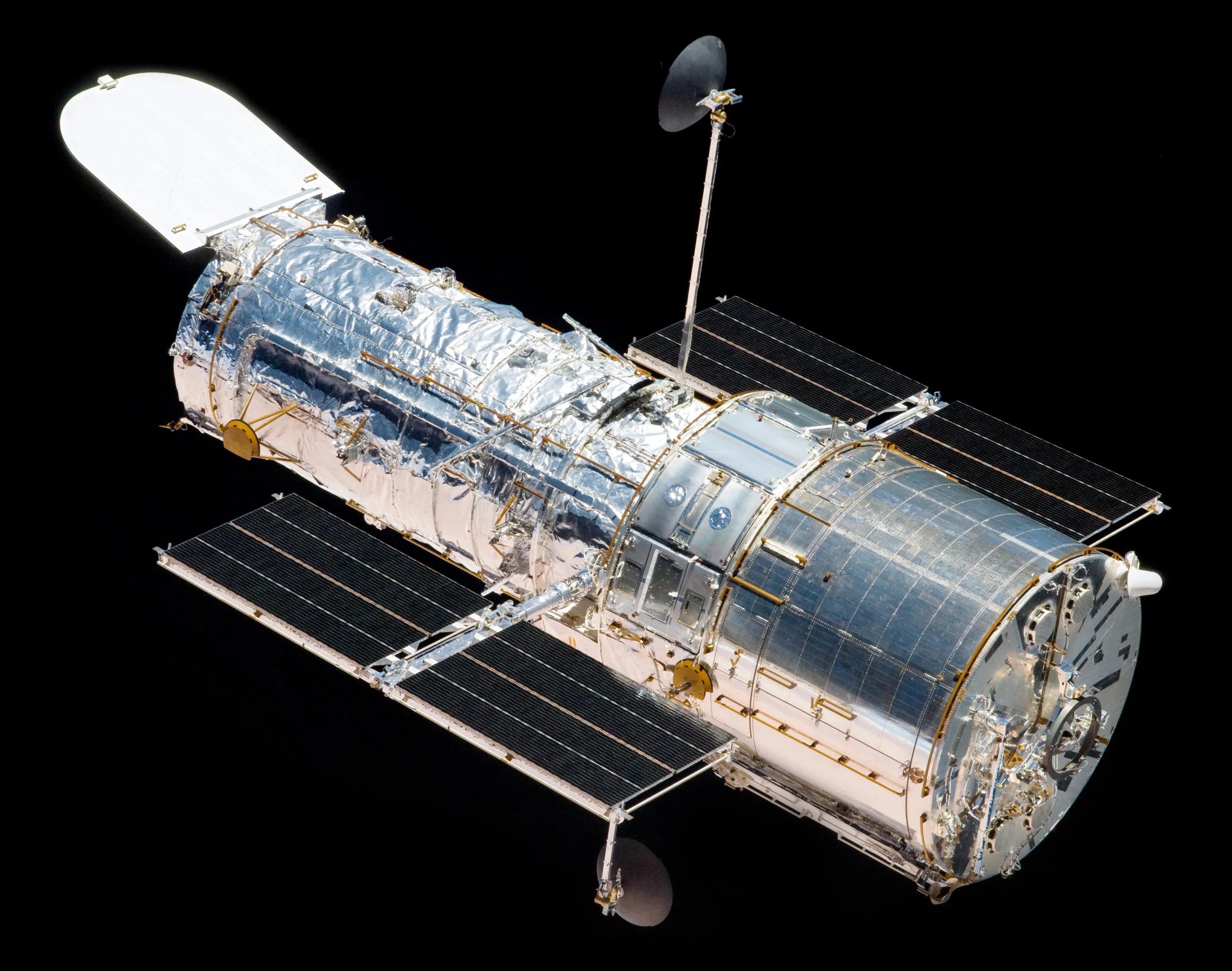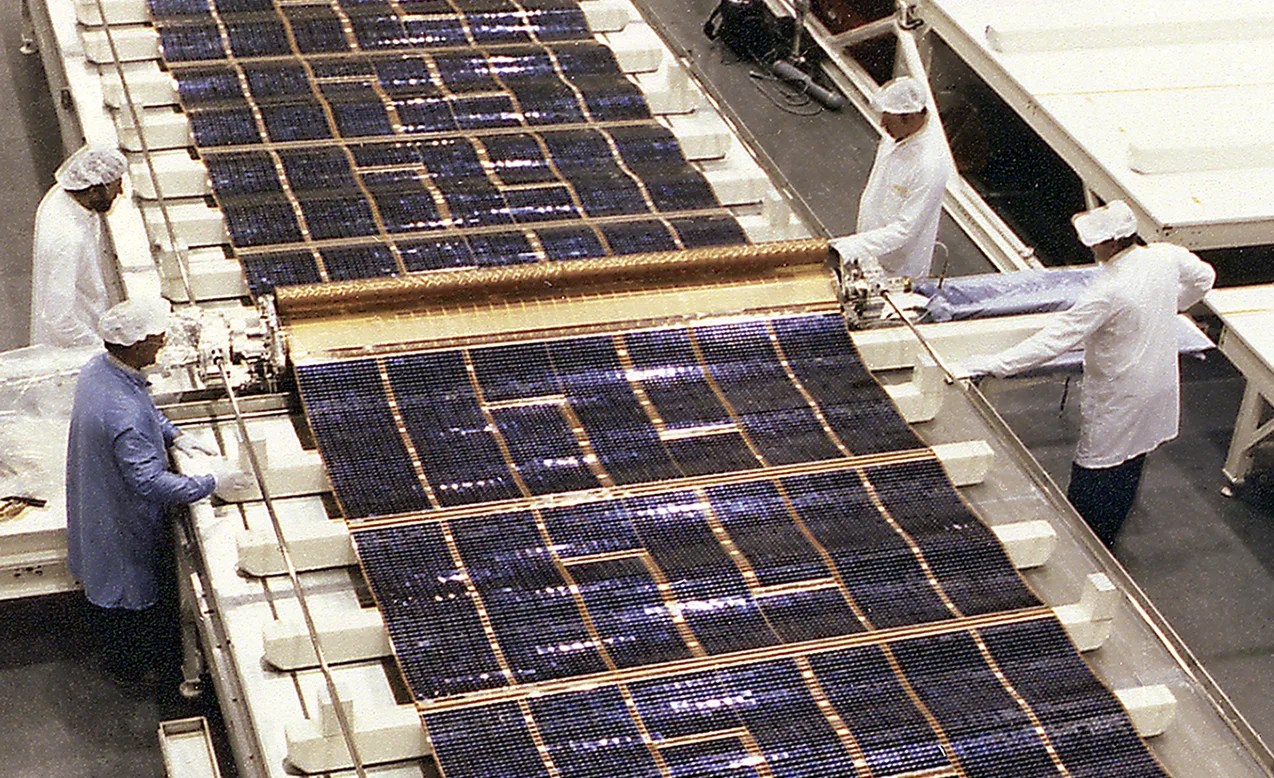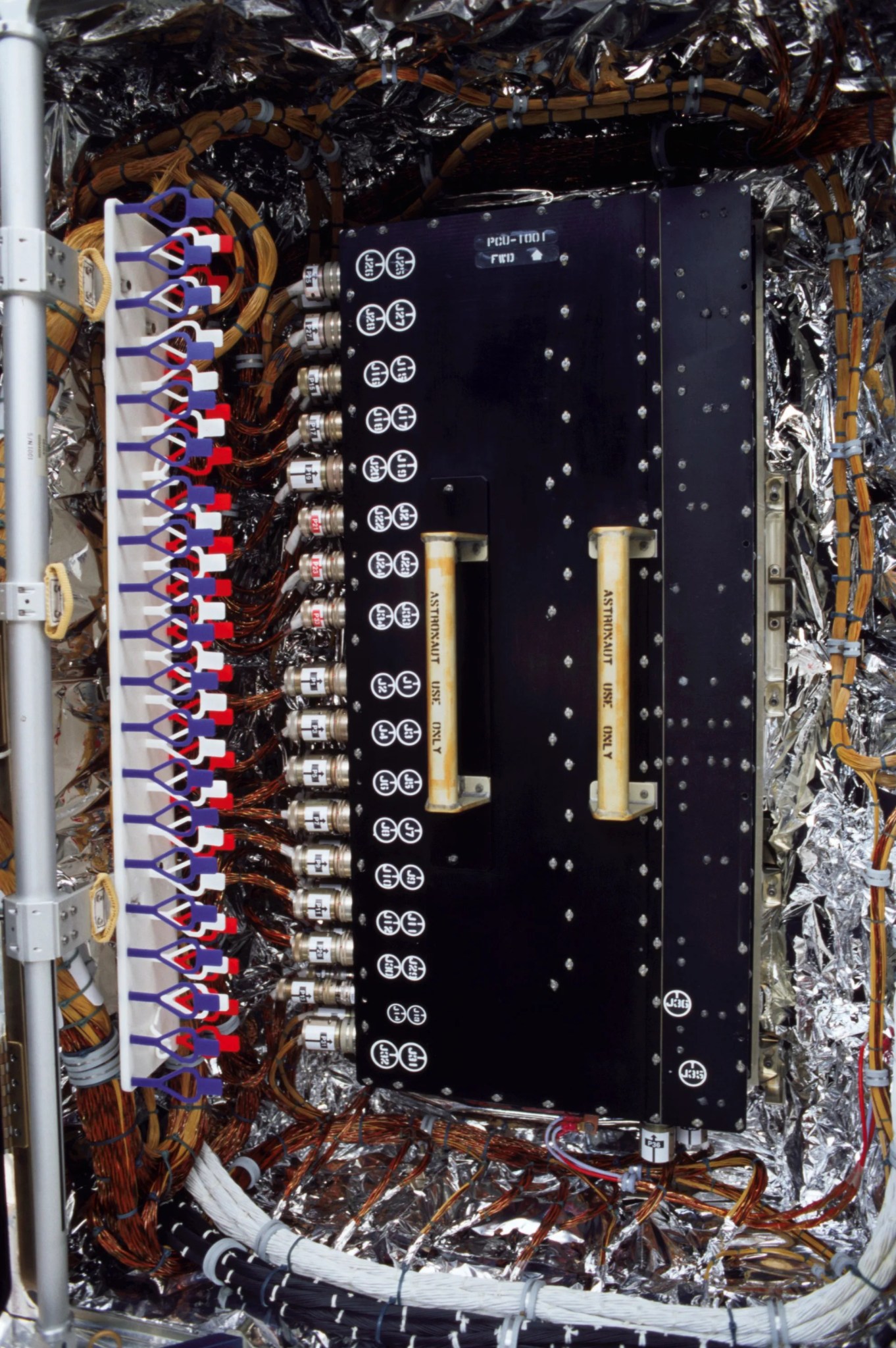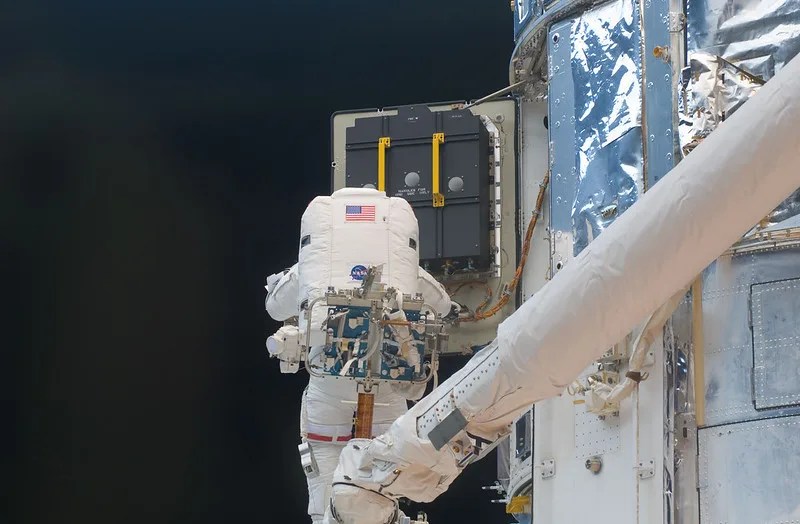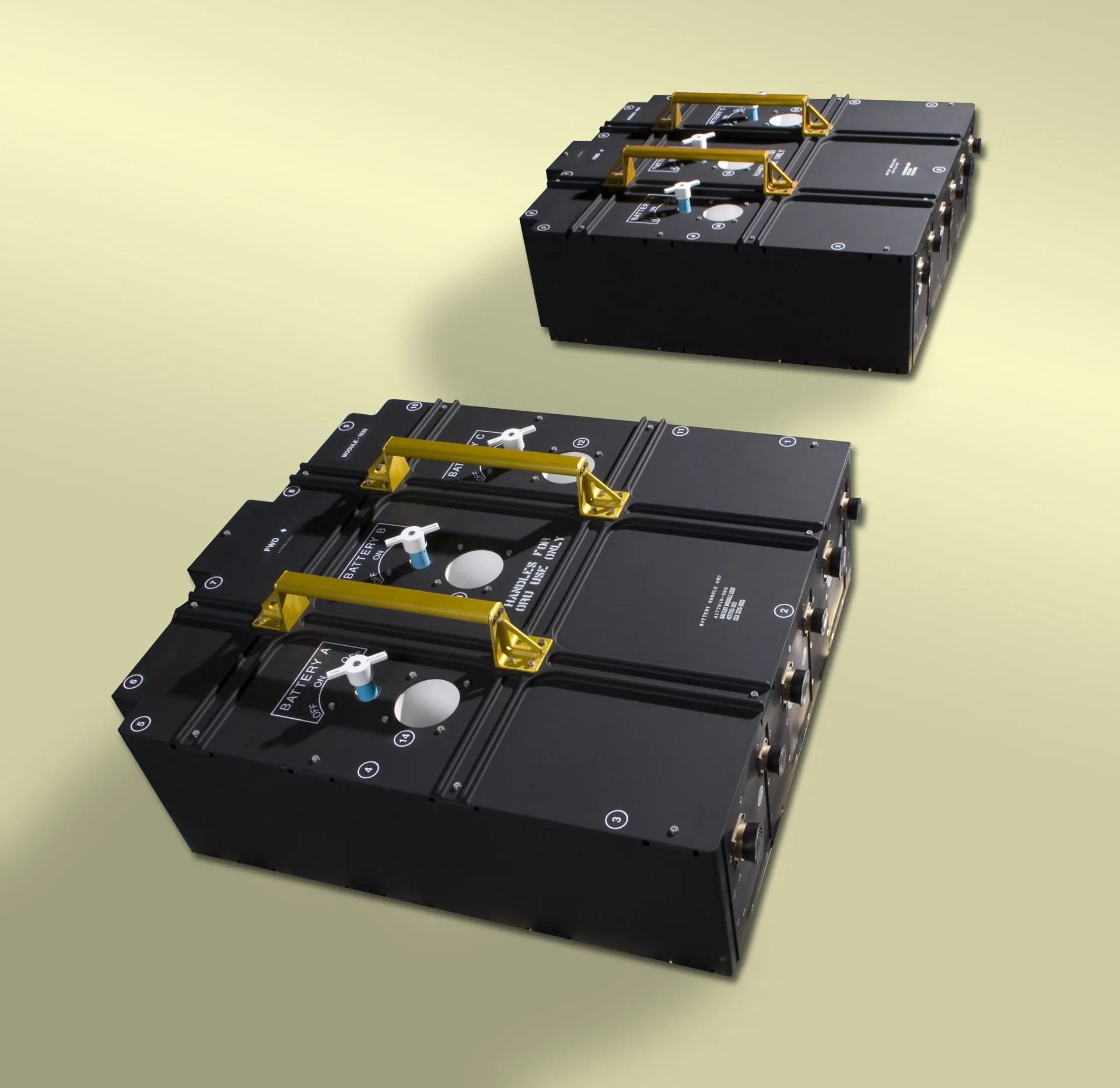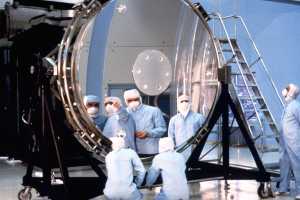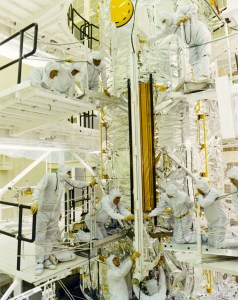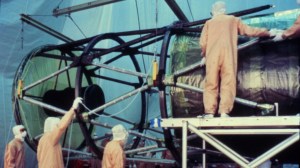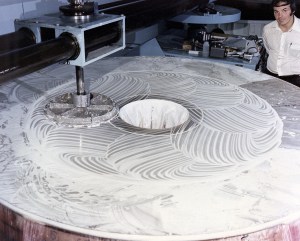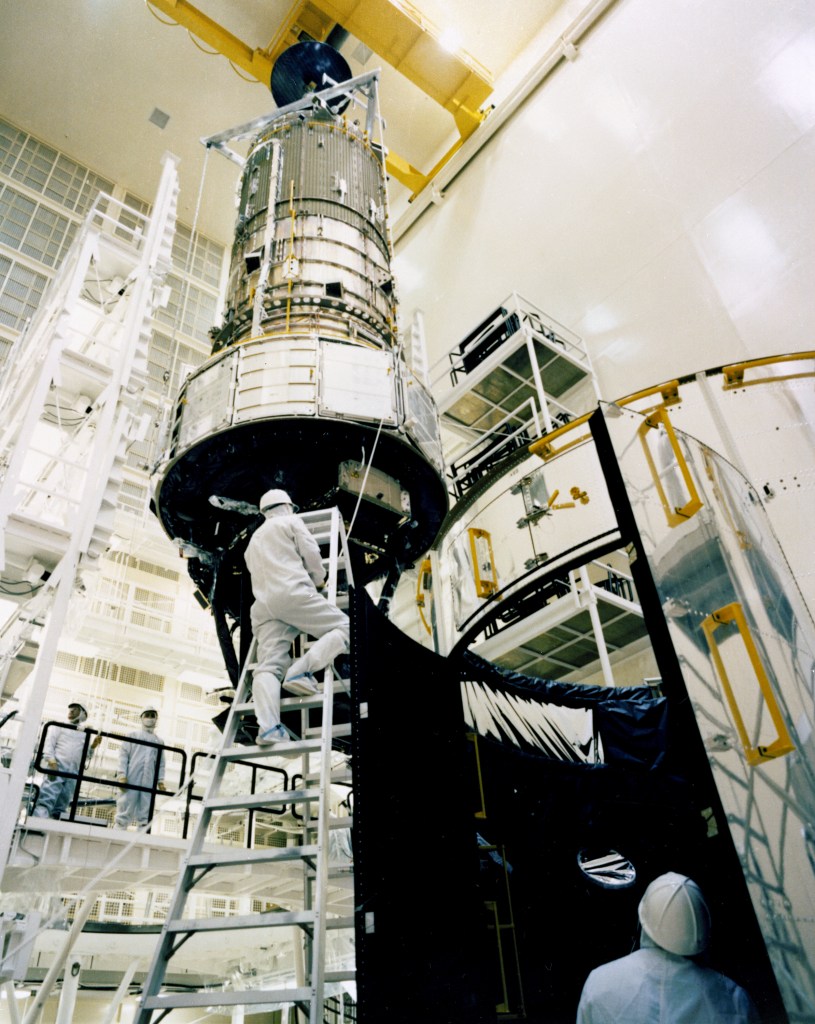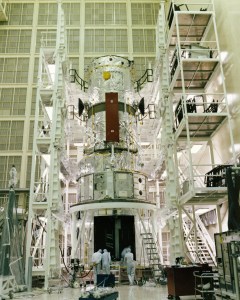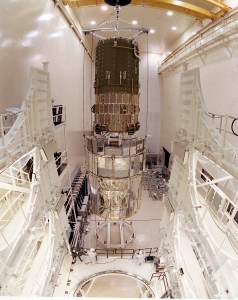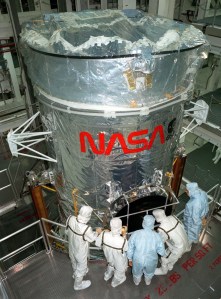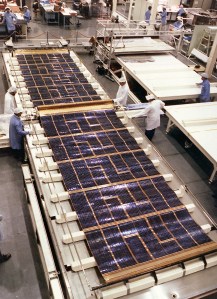Electrical Power
Hubble’s two 8-by-25-foot gallium-arsenide solar panels generate roughly 5,000 watts that is stored in six nickel-hydrogen batteries.
Quick Facts
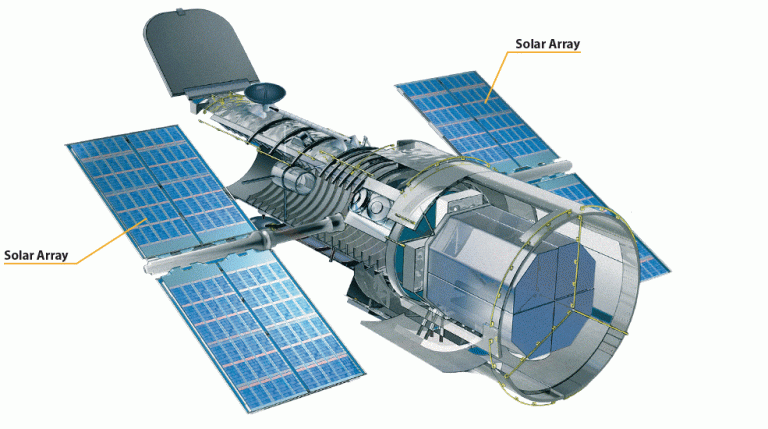
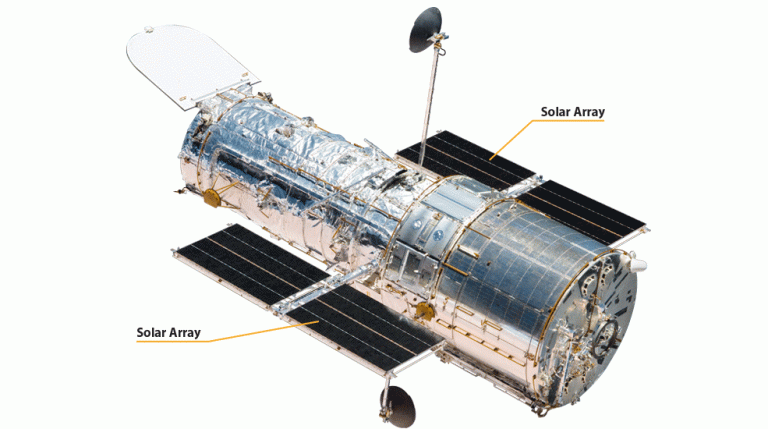


Hubble Design
Electrical Power
Cutaway diagram of the Hubble Space Telescope
Overview
The Hubble Space Telescope requires electricity to power its science instruments, computers, heaters, transmitters, and other electronic equipment. To fulfill that need, Hubble’s electrical power system produces, stores, controls, and distributes electrical energy for the entire spacecraft. The major components of the electrical power system are the solar arrays, batteries, power control unit, power distribution units, and their supporting electronics.
Hubble’s two wing-like solar arrays collect energy from the Sun and convert it to electricity. Hubble has had three different sets of solar arrays since it was launched in 1990. The European Space Agency developed the first two sets of solar arrays. The third set has a total of eight panels, which were purchased off the production line of the commercial system of Iridium communications satellites. Astronauts replaced the solar arrays during three of the five Hubble servicing missions.
Solar Arrays
The current solar arrays were installed in 2002 during Servicing Mission 3B. Each array measures 23.3 x 8.6 feet (7.1 x 2.6 meters). This set of arrays uses gallium arsenide (GaAs) solar cells, which are more efficient than the silicon solar cells used by the previous arrays. The third-generation arrays also have rigid lithium-aluminum alloy frames. The first- and second-generation solar arrays were flexible, which resulted in vibrations caused by expansion and contraction as the spacecraft passed in and out of sunlight, affecting Hubble’s ability to capture clear images.
Despite being one-third smaller than their predecessors, Hubble’s most recent solar arrays produce 20 percent more power than the previous sets. The smaller arrays also reduce the amount of atmospheric drag the telescope encounters.
Power Control Unit
Power created by the solar arrays is managed by the power control unit (PCU). The original PCU was replaced with a newer model when the third-generation solar arrays were installed in 2002. This required the entire spacecraft to be turned off temporarily, something that is usually never done.
The PCU distributes power to the spacecraft through four power distribution units (PDUs). PDUs provide the means to turn equipment on or off, and also contain fuses that protect Hubble’s systems from drawing excess current if a short circuit occurs on the spacecraft.
Batteries
When power from the solar arrays is not immediately used by the spacecraft, it is stored in batteries for when Hubble is in Earth’s shadow. One Hubble orbit lasts approximately 95 minutes, and the telescope is in Earth’s shadow for about 36 minutes of each orbit.
Hubble’s six batteries are each constructed of 22 nickel hydrogen (NiH2) cells. Designed to be replaced by astronauts, the batteries are contained in two modules that hold three batteries apiece. Hubble’s first set of batteries lasted 19 years. The spacecraft is now on its second set of batteries, installed in 2009 during Servicing Mission 4.
Together, all six batteries store an amount of power equal to about 20 car batteries. The batteries deliver 32 volts each (the equivalent of about 29 AA batteries) and are connected in parallel. With a rated capacity of 88 amp-hours for each battery, the fully charged system can store 528 amp-hours and contains enough energy to sustain the telescope in normal science operation mode for 7.5 hours, or five orbits.
If the batteries get overcharged, they will overheat, which degrades performance and reduces their longevity. The Battery Improvement Kit (BIK), installed during Servicing Mission 2 in 1997, prevents the batteries from becoming overcharged when Hubble enters safe mode and the power load decreases significantly.
On average, Hubble uses 2,100 watts of power, which is roughly the same as five refrigerators. However, the amount of power needed by the spacecraft varies from orbit to orbit, so the battery charge levels must be able to change as well. The Voltage/Temperature Improvement Kit (VIK), installed in 1999 during the third servicing mission, gives mission engineers more flexibility to select charge levels that are best for the batteries.
To further improve the battery charging, flight software helps to control the charge and interfaces with the hardware in the PCU to create a “smart charger” similar to that found in modern consumer electronic devices. The software can be fine-tuned for optimal charging and is able to monitor and respond to changes in battery voltage and temperature to prevent overcharging the batteries.
Electrical power system engineers at NASA’s Goddard Space Flight Center constantly monitor the amount of current flowing into and out of the batteries, along with their temperature and pressures during charging cycles. Small adjustments ensure that the batteries are charged with enough power to keep the spacecraft fully operating, but not so much as to reduce the battery life. These efforts will keep Hubble powered and exploring the universe for as long as possible.



























